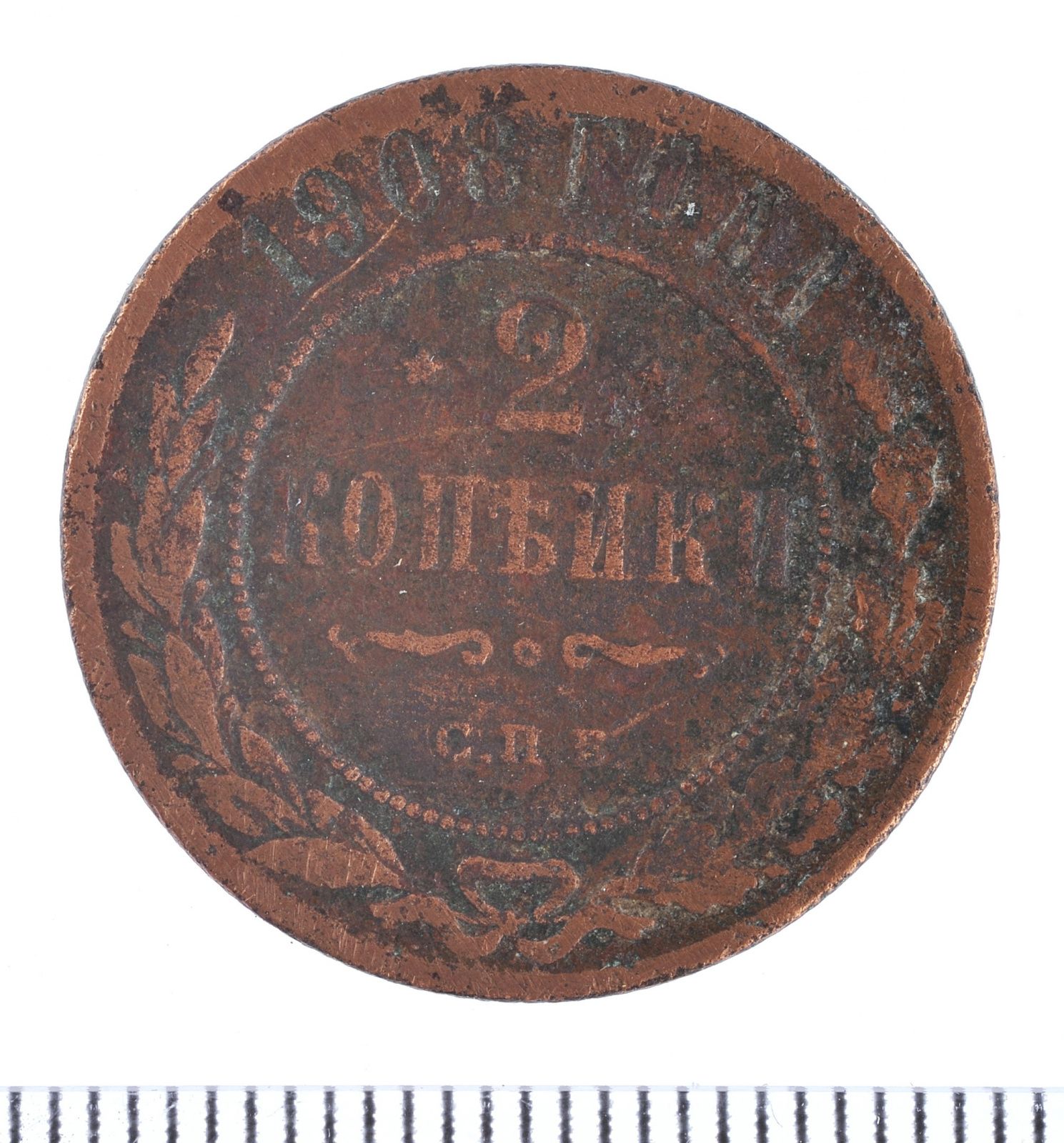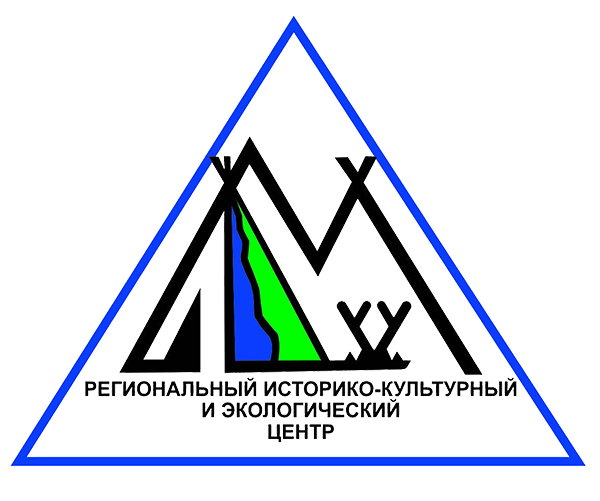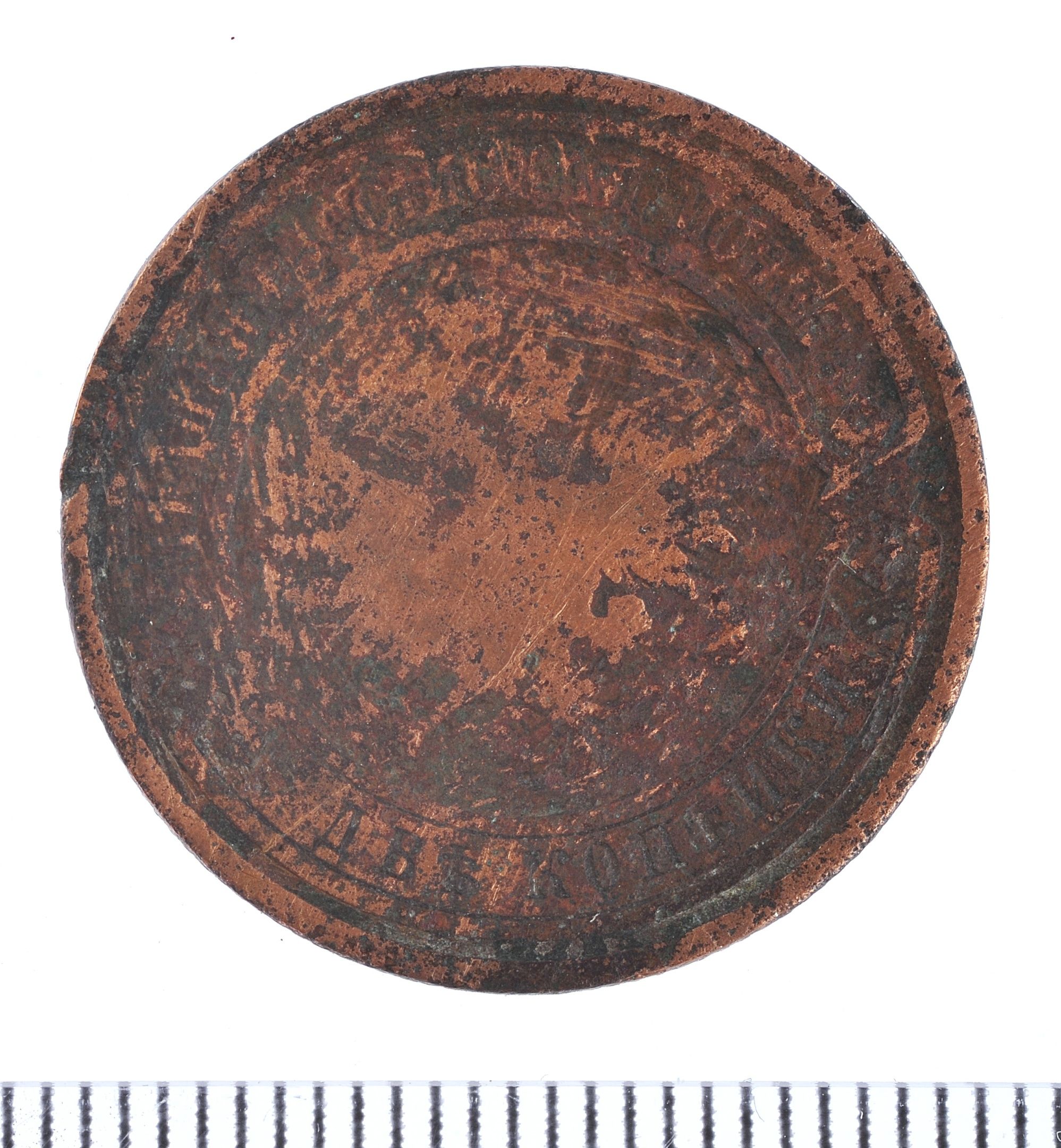Рубрика: Предметы и Факты (+translation) (от 02.11.2022)

Продолжаем монетную тематику! Деятельность последнего российского монарха и по сей день вызывает множество вопросов. Большой пласт мнений и высказываний оставили современники императора. Отношение к Николаю II стало принимать определенные очертания лишь после его восшествия на престол и начала его политической деятельности. Особенно большой общественный резонанс вызвала известная речь императора о бессмысленных мечтаниях, произнесенная им 17 января 1895 г. Жена генерала Е.В. Богдановича, Александра Викторовна, отмечала, что речь императора долго обсуждалась всем светским обществом. По ее свидетельству, все, кто слышал эти слова Николая II говорят, что «видно в нем деспота». Известный художник А.Н. Бенуа писал, что даже в его «лояльной» семье эти слова царя произвели сильное впечатление и задали тон последующему отношению к императору. Это было отношение, в котором жалость сплеталась с абсолютным недоверием в политическом отношении». Вместе с тем в политическом лагере монархистов крепло убеждения, что до восшествия на престол нового царя «лучше не будет».
Как бы то ни было, экономика страны в данный период характеризуется интенсивными темпами развития. Предварительно (1895-1897 гг.) в Российской империи под руководством министра финансов Сергея Витте успешно провели очередную финансовую реформу. Страну постепенно перевели на золотой стандарт, который дал экономике необходимую стабильность. Петербургский монетный двор был перегружен изготовлением золотых монет. Поэтому часть банковских монет чеканили на Парижском и Брюссельском монетных дворах. 2-копеечные монеты чеканились каждый год с 1895 по 1917, до 1915 на них помещалось обозначение монетного двора (буквы "СПБ"). Именно такая монета представлена вам сегодня. В феврале 1989 года из экспедиции в Сургутский район Избы Ачимовы было привезено собрание старинных монет с датировкой начала-середины XIX века. Данный предмет конкретно относится к 1908 году.
#Николай #Монета
Continuing the coin theme! The activity of the last Russian monarch to this day raises many questions. A large stratum of opinions and statements left contemporaries of the emperor. The attitude towards Nicholas II only began to take definite shape after his accession to the throne and the beginning of his political activities. The Emperor's famous speech about senseless dreams, which he gave on January 17, 1895, elicited an especially great public response. According to her, everyone who heard these words of Nicholas II said that "one can see a despot in him. The famous artist A.N. Benois wrote that even in his "loyal" family these words of the Tsar made a strong impression and set the tone for the subsequent attitude toward the Emperor. It was an attitude in which pity was mingled with absolute distrust in political terms. At the same time, in the political camp of the monarchists there was a growing conviction that until the ascension to the throne of the new tsar "things would not get any better.
Be that as it may, the country's economy during this period was characterized by an intensive pace of development. Previously (1895-1897), another financial reform was carried out in the Russian Empire under the leadership of Finance Minister Sergei Witte. The country gradually switched to the gold standard, which gave the economy the necessary stability. St. Petersburg mint was overwhelmed with the production of gold coins. Therefore, some of the bank coins were minted at the Paris and Brussels mints. The 2-kopeck coins were minted every year from 1895 till 1917, until 1915 they had the mint symbol (the letters "SPB"). Exactly such coin is presented to you today. In February 1989 a collection of old coins dated from the beginning to the middle of the 19th century was brought from the expedition to the Achimov izba in Surgut. This item specifically refers to the year 1908.
Как бы то ни было, экономика страны в данный период характеризуется интенсивными темпами развития. Предварительно (1895-1897 гг.) в Российской империи под руководством министра финансов Сергея Витте успешно провели очередную финансовую реформу. Страну постепенно перевели на золотой стандарт, который дал экономике необходимую стабильность. Петербургский монетный двор был перегружен изготовлением золотых монет. Поэтому часть банковских монет чеканили на Парижском и Брюссельском монетных дворах. 2-копеечные монеты чеканились каждый год с 1895 по 1917, до 1915 на них помещалось обозначение монетного двора (буквы "СПБ"). Именно такая монета представлена вам сегодня. В феврале 1989 года из экспедиции в Сургутский район Избы Ачимовы было привезено собрание старинных монет с датировкой начала-середины XIX века. Данный предмет конкретно относится к 1908 году.
#Николай #Монета
Continuing the coin theme! The activity of the last Russian monarch to this day raises many questions. A large stratum of opinions and statements left contemporaries of the emperor. The attitude towards Nicholas II only began to take definite shape after his accession to the throne and the beginning of his political activities. The Emperor's famous speech about senseless dreams, which he gave on January 17, 1895, elicited an especially great public response. According to her, everyone who heard these words of Nicholas II said that "one can see a despot in him. The famous artist A.N. Benois wrote that even in his "loyal" family these words of the Tsar made a strong impression and set the tone for the subsequent attitude toward the Emperor. It was an attitude in which pity was mingled with absolute distrust in political terms. At the same time, in the political camp of the monarchists there was a growing conviction that until the ascension to the throne of the new tsar "things would not get any better.
Be that as it may, the country's economy during this period was characterized by an intensive pace of development. Previously (1895-1897), another financial reform was carried out in the Russian Empire under the leadership of Finance Minister Sergei Witte. The country gradually switched to the gold standard, which gave the economy the necessary stability. St. Petersburg mint was overwhelmed with the production of gold coins. Therefore, some of the bank coins were minted at the Paris and Brussels mints. The 2-kopeck coins were minted every year from 1895 till 1917, until 1915 they had the mint symbol (the letters "SPB"). Exactly such coin is presented to you today. In February 1989 a collection of old coins dated from the beginning to the middle of the 19th century was brought from the expedition to the Achimov izba in Surgut. This item specifically refers to the year 1908.


